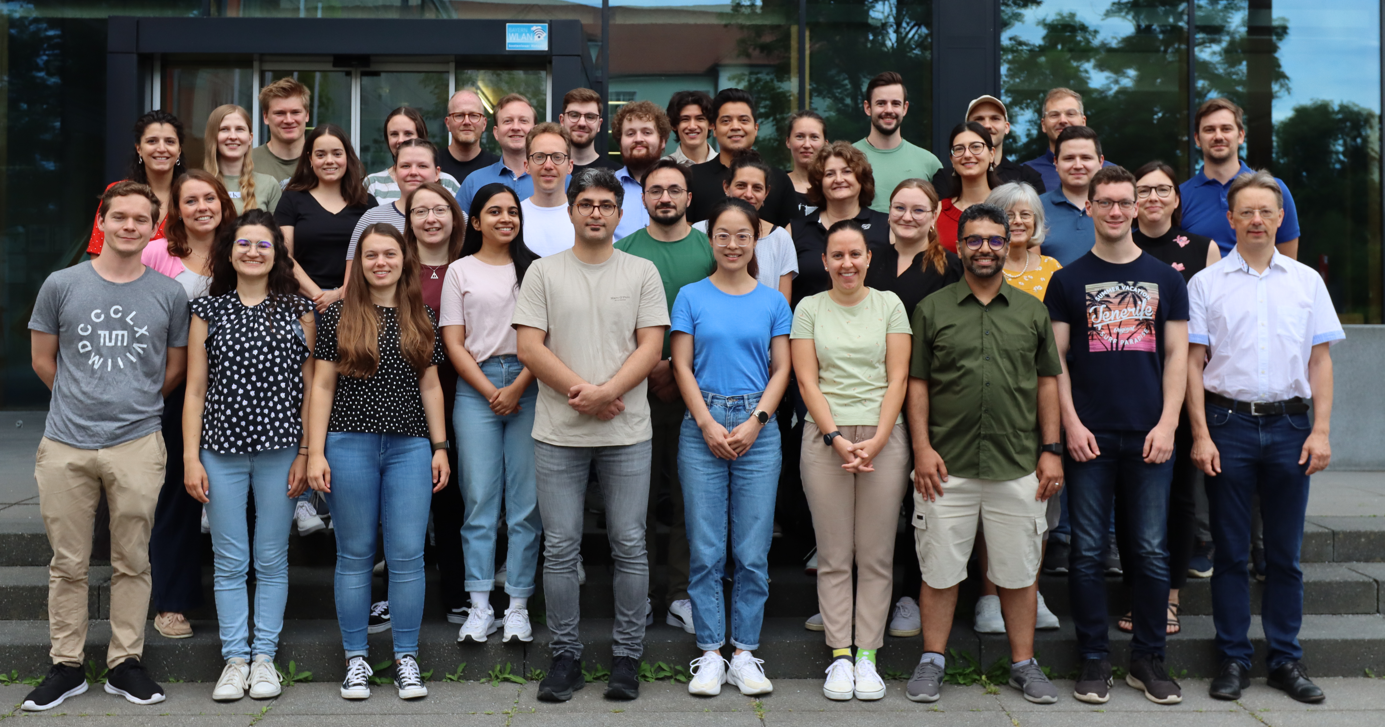Welcome to the Chair of Chemistry of Biogenic Resources at the TUM Campus Straubing!

The Chair of Chemistry of Biogenic Resources at the Technical University of Munich in Straubing deals with the development of chemical and biotechnological processes for the conversion of plant biomass into chemical raw materials, biofuels and fine chemicals. Protein biochemical (enzymes engineering, enzymatics), molecular biological (cloning, mutagenesis), microbiological (biotransformation, fermentation), chemical (organic synthesis, heterogeneous catalysis) and analytical (chromatography, spectroscopy, electrophoresis) methods are applied.